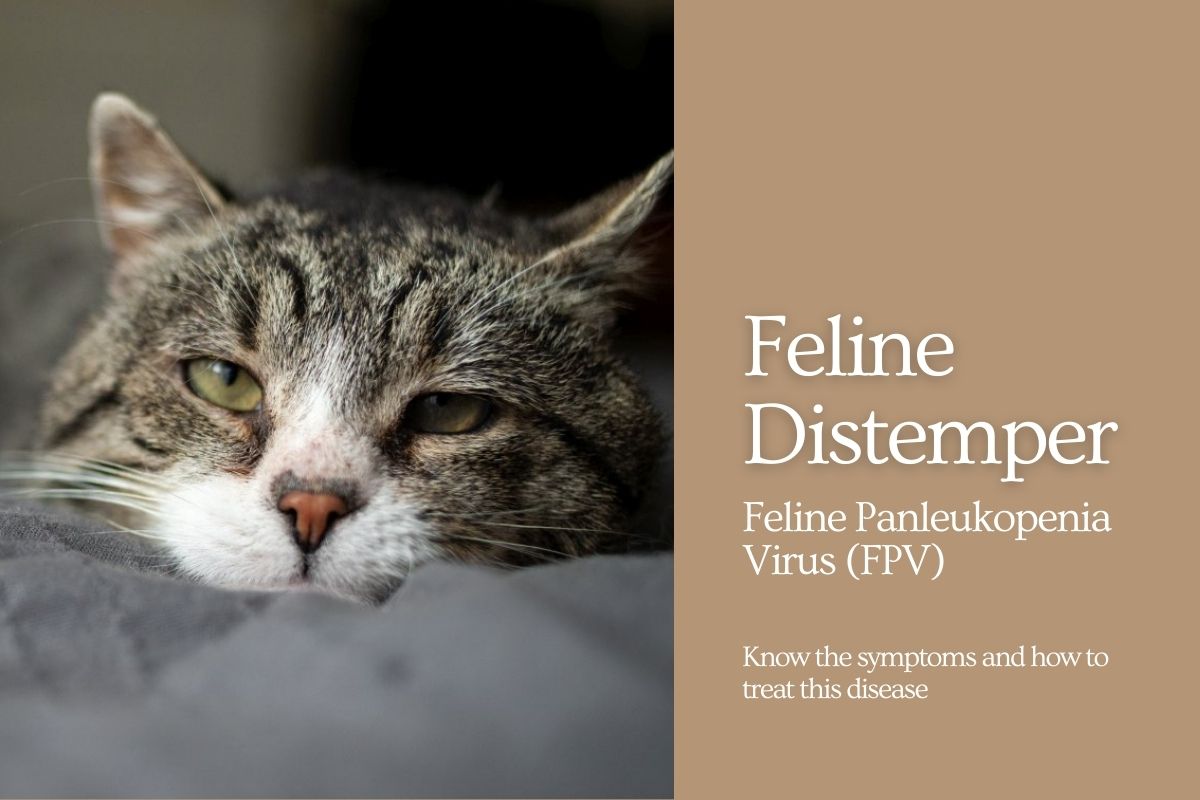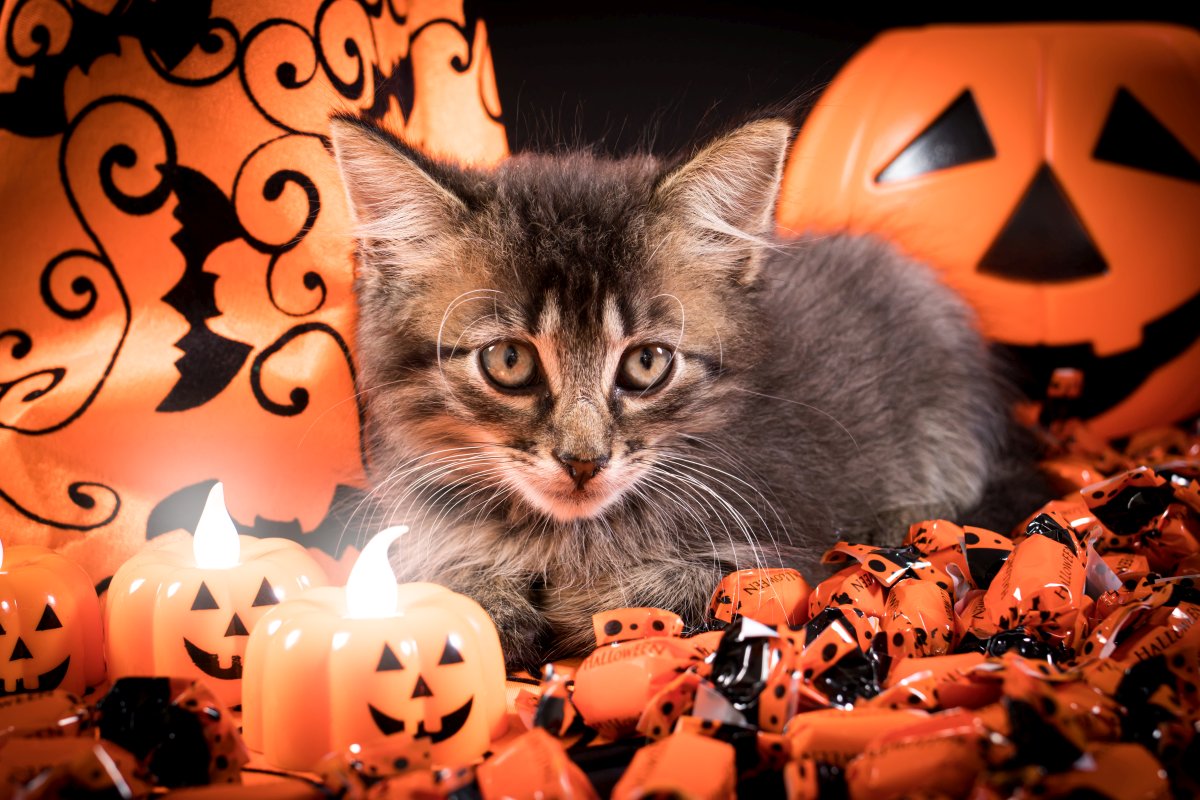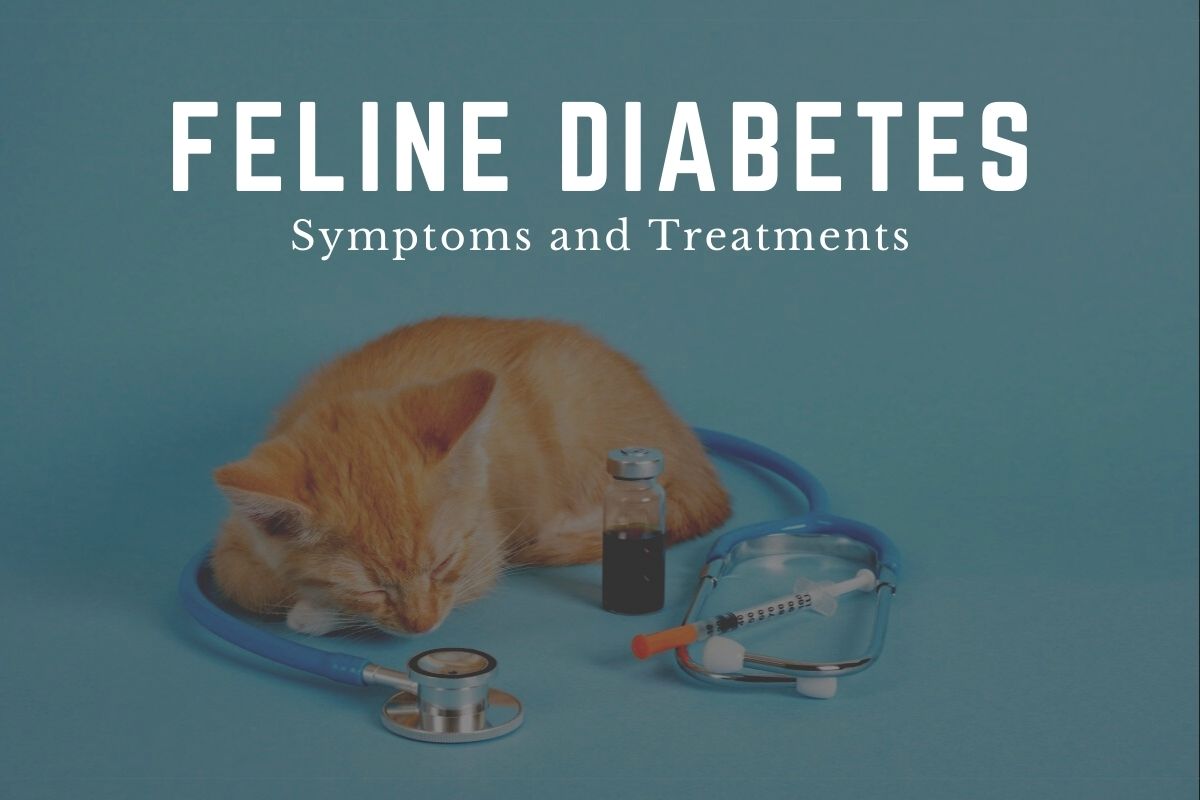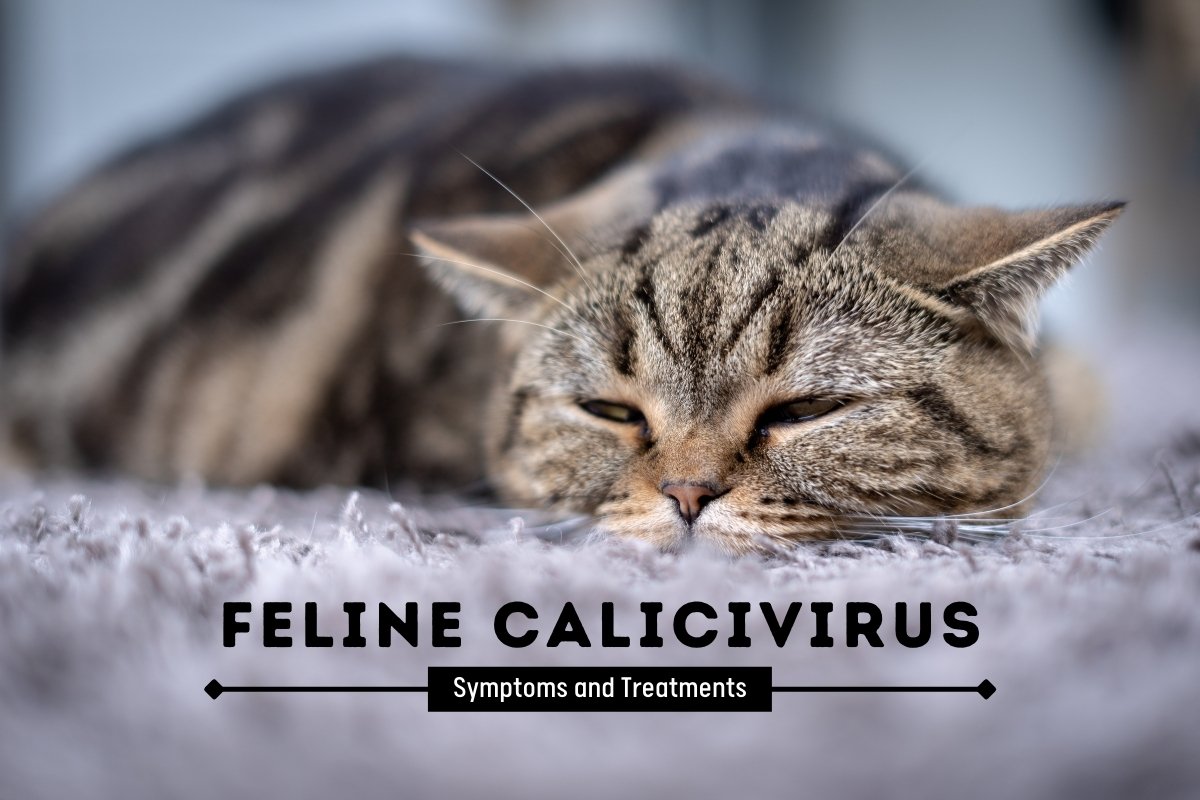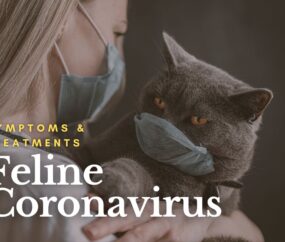If you have owned cats for an extended period, you may have heard the term feline distemper, FPV, or feline panleukopenia virus. This disease is infamous for having an extremely high death rate amongst cats and also cause numerous severe symptoms.
While distemper in cats cannot be treated, there are numerous medications that the doctor may give to alleviate its symptoms. Our guide discusses the possible causes for this disease, how it spreads, and what symptoms it shows.
What is feline distemper?
Feline distemper is also referred to as feline panleukopenia. A virus causes this disease. The most dangerous thing about feline distemper is that it has an extremely high mortality rate. It is fatal in most cats and kittens that it infects. Cats of all ages can be affected by this disease.
However, the most at-risk group for infection for feline distemper is young kittens. Kittens that are especially at risk are those between 3-6 months in a cage. In addition, kittens with a weak immune system or who have not been vaccinated against this disease are most likely to contract it.
This virus primarily manifests itself through numerous gastrointestinal symptoms, and young kittens cannot survive through these. Even though most cats affected by feline distemper do not survive, if they do, they will develop immunity against this disease, and it will not affect them again.
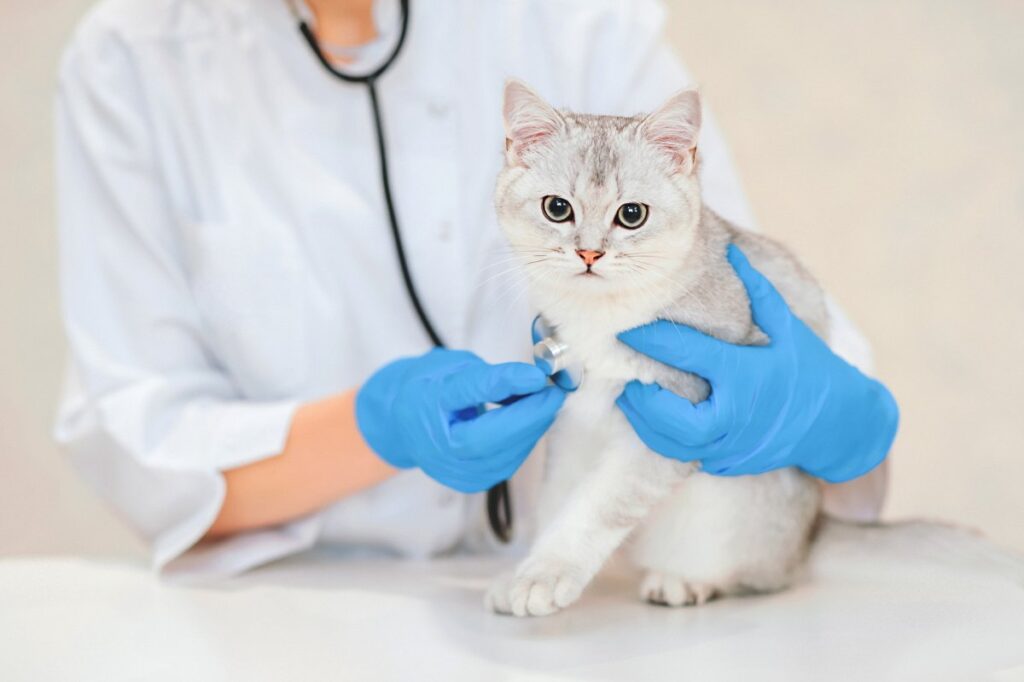
What are the symptoms?
If your cat has feline distemper, some extremely obvious symptoms affected cats display. The most common of these symptoms is high temperature, dehydration, and vomiting. In many cases, cats with feline distemper also have diarrhea, and this diarrhea may be stained with blood.
Affected cats can also display high temperatures, and their coat can become rough throughout infection. Some behavioral changes may indicate feline distemper. The most common behavioral signs are that your cat may run away from its owner, or it may lack hand-eye coordination during games and daily tasks.
If you see any of these symptoms, particularly the physical ones, we strongly recommend contacting your vet at once. While the mortality rate for feline panleukopenia is high, it can still be treated if caught early, and your cat may survive it.
How does feline distemper spread?
So how exactly does the deadly feline distemper spread? After all, it may be possible to protect your cat from the disease if you can somehow prevent your cat from coming into contact with the likely suspect. Feline distemper spreads to cats if they come into contact with another cat’s feces, nasal discharge, or saliva. Now you may think that your cat never comes into contact with any of these things.
However, there may be a realistic chance that your cat will come into contact with it if it goes out for walks or if an infected cat is already living in the house. This is why it is extremely difficult for you to prevent your cat from coming into contact with the sources of feline distemper since any cat with outdoor access may be exposed to it. This is why vaccination is the best method to prevent it.
How can you diagnose the disease?
Feline distemper can be diagnosed through a combination of tests and physical examinations. Even though feline distemper includes a range of very obvious symptoms, these symptoms are not a sure-shot way of diagnosing the disease.
This is because many of these symptoms can be indicative of numerous other conditions, such a poisoning. This is why when your vet suspects that your cat may have feline distemper, he is very likely to conduct several tests to ensure himself that it is FPV.
These tests include physical examinations, biochemical analyses, urine tests, and x-rays. Only after the vet has holistically examined the reports of these tests can he be assured that the disease is indeed FPV.
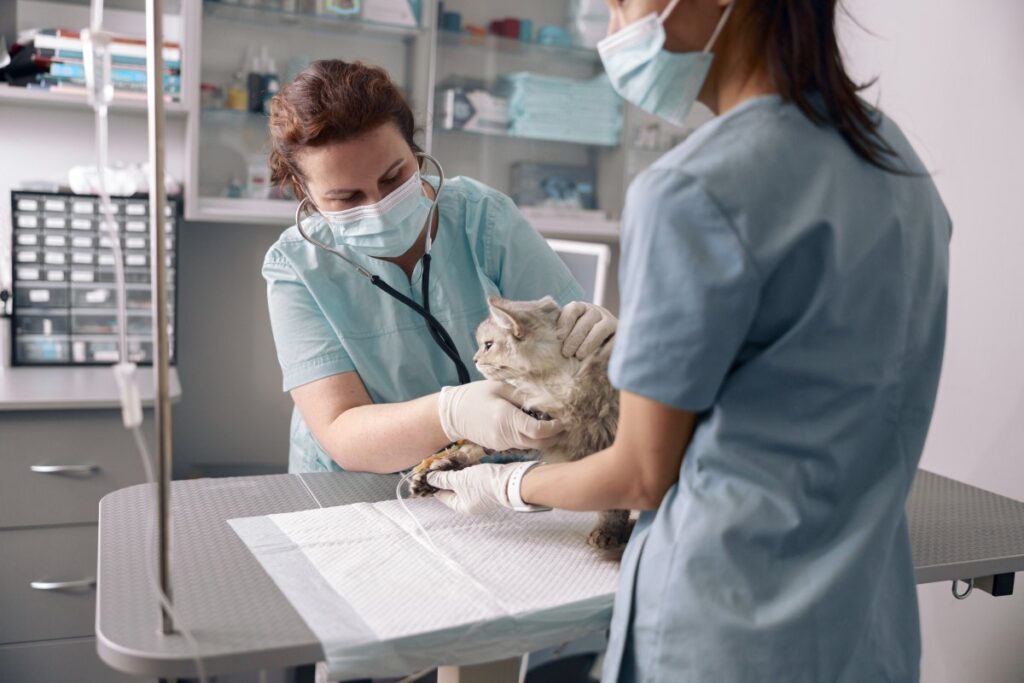
What is the treatment?
Unfortunately, there is no particular treatment of distemper in cats. However, your vet is most likely starting treatments to alleviate and reduce the feline distemper symptoms to increase your cat’s survivability. The fatal symptom of feline distemper is dehydration. This is why vets immediately start IV treatments if they diagnose a case of FPV since they need to ensure that your cat does not become too dehydrated.
A glimmer of hope in all of these cases is that if your cat has feline distemper and treatment starts within the first two days or 48 hours, your cat has a high chance of survival. This is why early diagnosis and prompt treatment make all the difference in these cases.
Are there any preventive measures you can take?
You may have heard the care is better than cure. Well, when it comes to feline distemper, this statement is particularly true. Due to the mortality rate of this disease, preventive measures are necessary if you want to ensure that your cat stays safe and healthy.
The most common preventive measure against feline distemper is getting vaccinated. Any good vet will ask you to get your feline friend vaccinated as soon as you adopt them. Since this disease is one of the most prevalent and fatal diseases in the feline world, getting vaccinated against this is highly recommended.
Conclusion
After you read this guide, the name feline distemper may sound scary. And to be honest, there is good reason to be scared. This disease is known to have a high mortality rate and causes the death of most of the cats it infects. This is why the vaccination against feline distemper is almost mandatory for all cats and kittens since vaccination is the only sure shot way to protect your cat from it.

